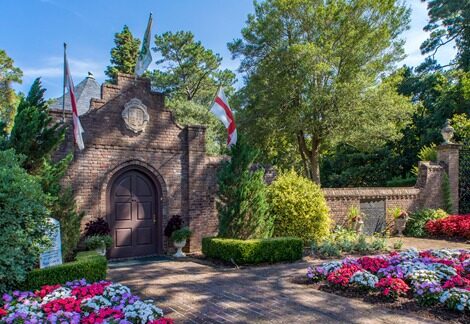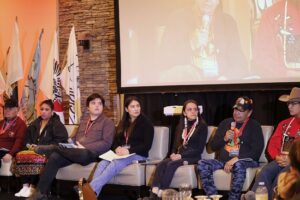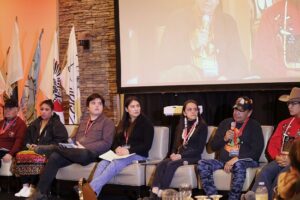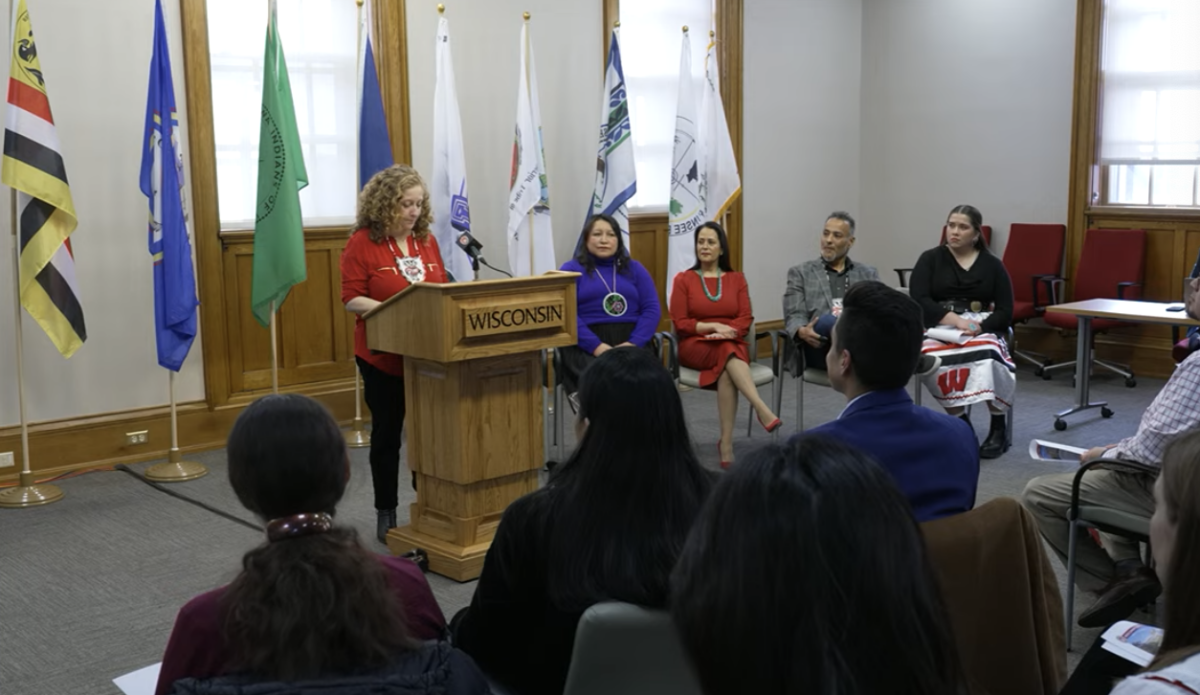(March 14, 2024 – New York City, New York, USA) – The Assembly of First Nations (AFN) National Chief, Cindy Woodhouse Nepinak, attended the United Nations 68th Commission on the Status of Women (CSW) in New York City, on traditional territory of the Canarsie, Munsee Lenape, and the Wappinger people, as part of the Canadian delegation. The Canadian delegation also included representatives from federal, provincial, and territorial governments, including Minister of Indigenous Services, Patty Hajdu, Minister for Women and Gender Equality, Marci Ien, and Parliamentary Secretary, Lisa Hepfner. The priority theme of the CSW is, “Accelerating the achievement of gender equality and the empowerment of all women and girls by addressing poverty and strengthening institutions and financing with a gender perspective”.
“The empowerment of First Nations women is essential for the overall well-being and prosperity of First Nations communities and society as a whole,” said AFN National Chief Cindy Woodhouse Nepinak. “Addressing poverty and its multifaceted affects require not just policy change but also the mobilization of resources. When we finance with a gendered perspective, we’re not just investing in women but in the prosperity of First Nations and the well-being of future generations. That is why we urge governments worldwide to commit to transparent, multi-year funding for programs aimed at supporting our women and communities.”
“I was pleased to share my perspectives as part the productive discussions at the United Nations Commission on the Status of Women in New York City. By working together, we can ensure that concrete steps will be taken to address gender inequalities and the unique challenges faced by First Nations women and gender-diverse people and ensure the protection of all women’s and girls’ human rights.”
―30―
The Assembly of First Nations (AFN) is a national advocacy organization that works to advance the collective aspirations…
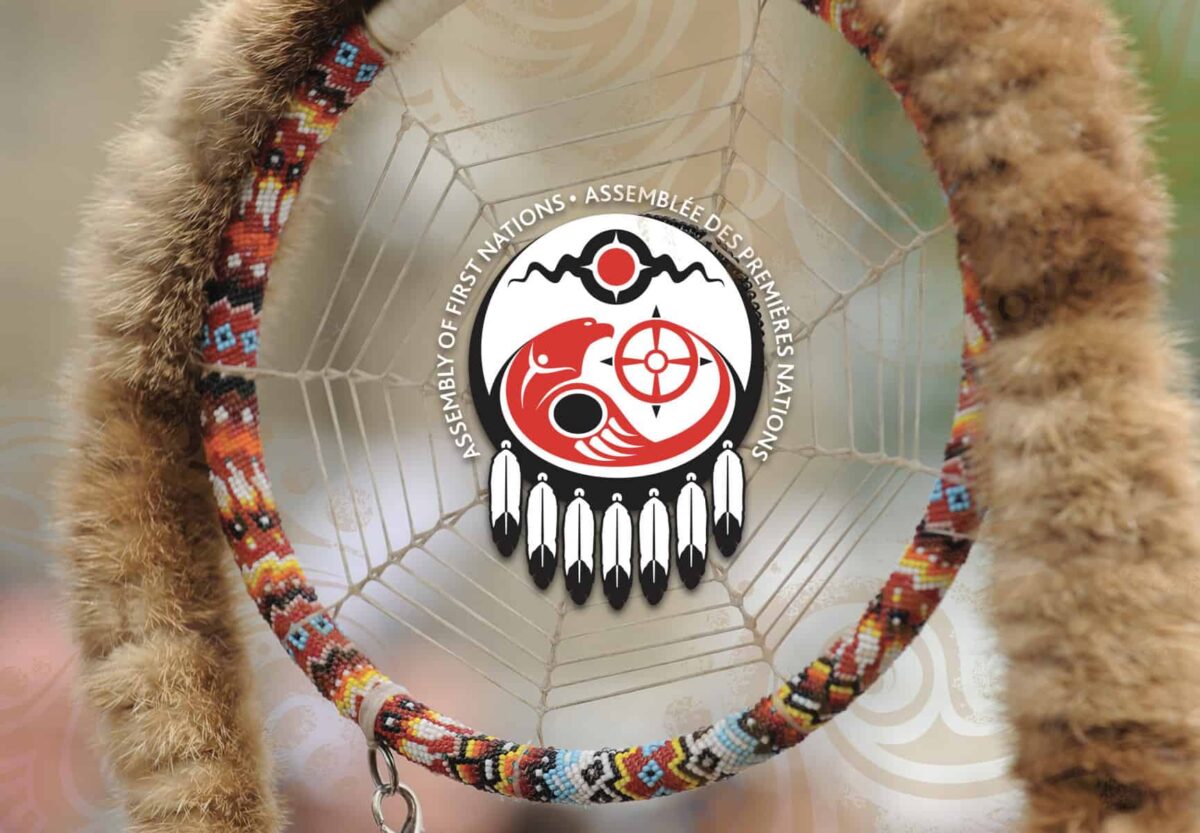
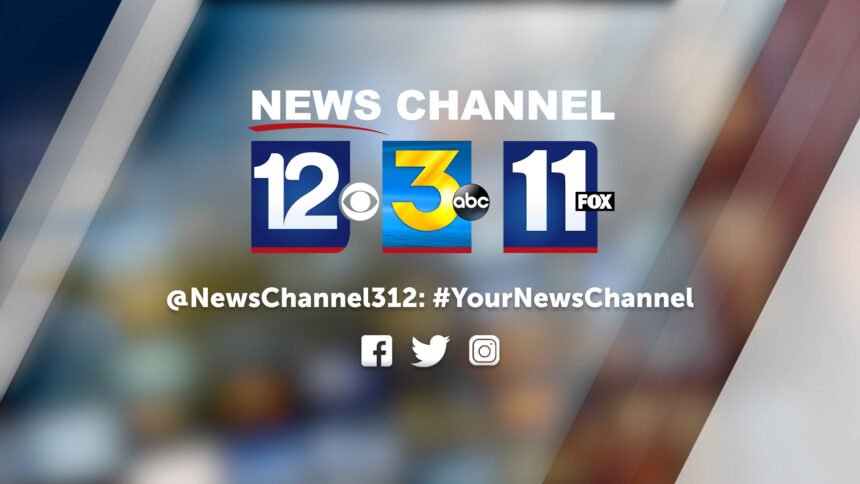
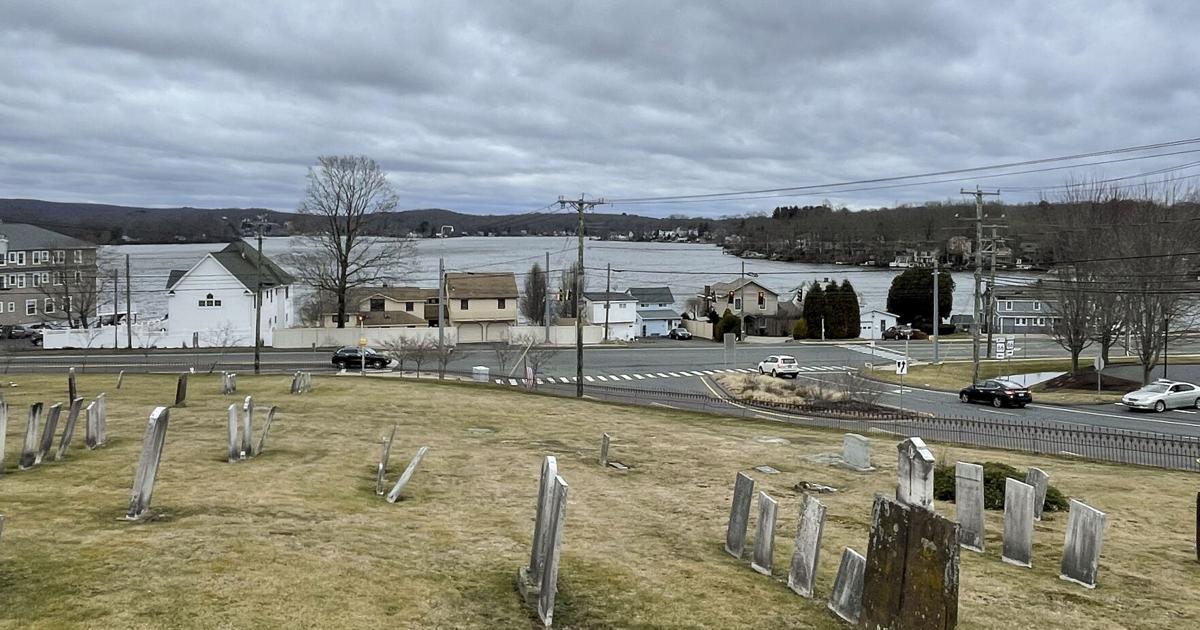
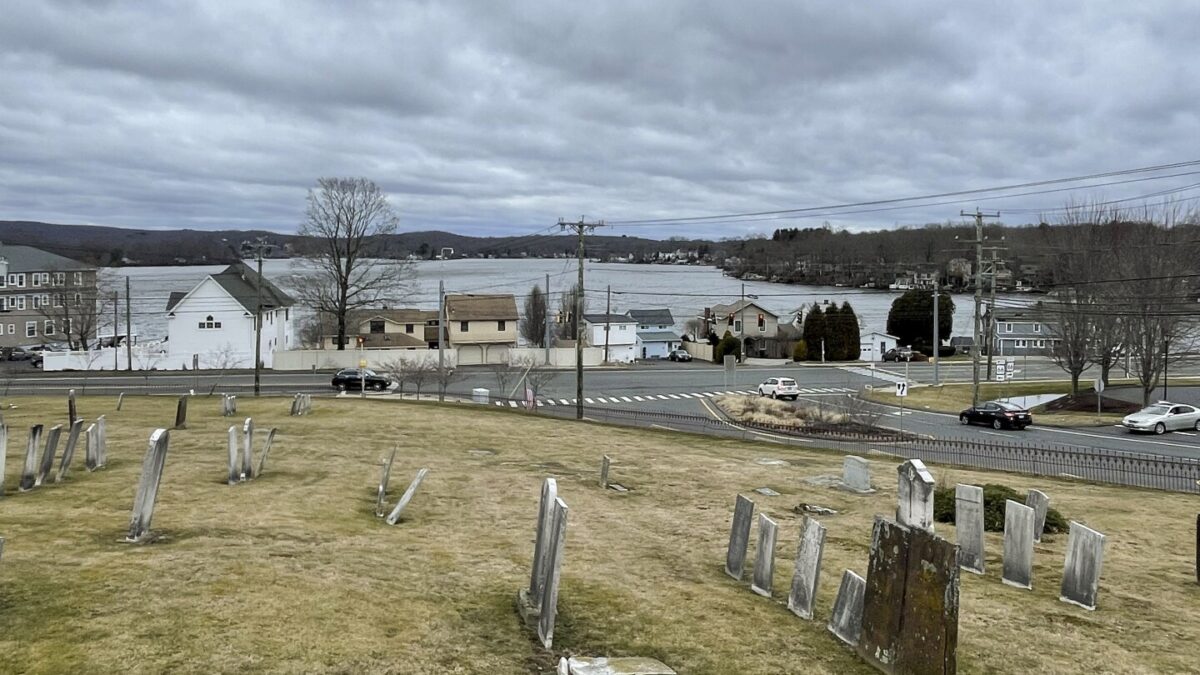
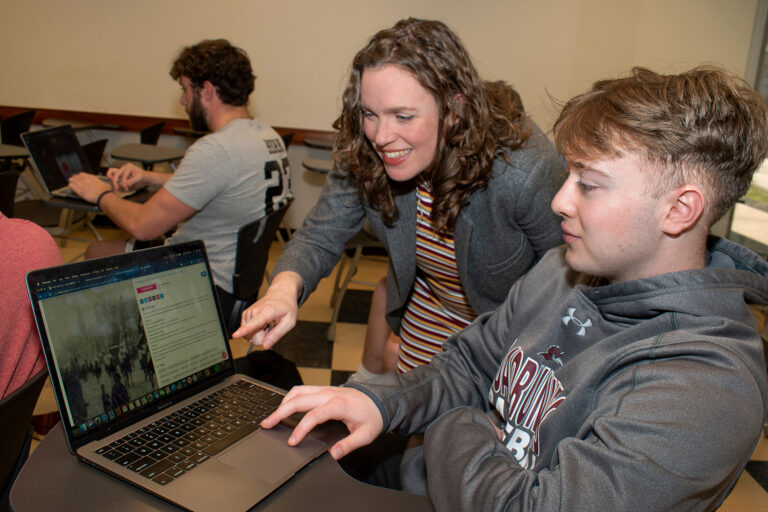
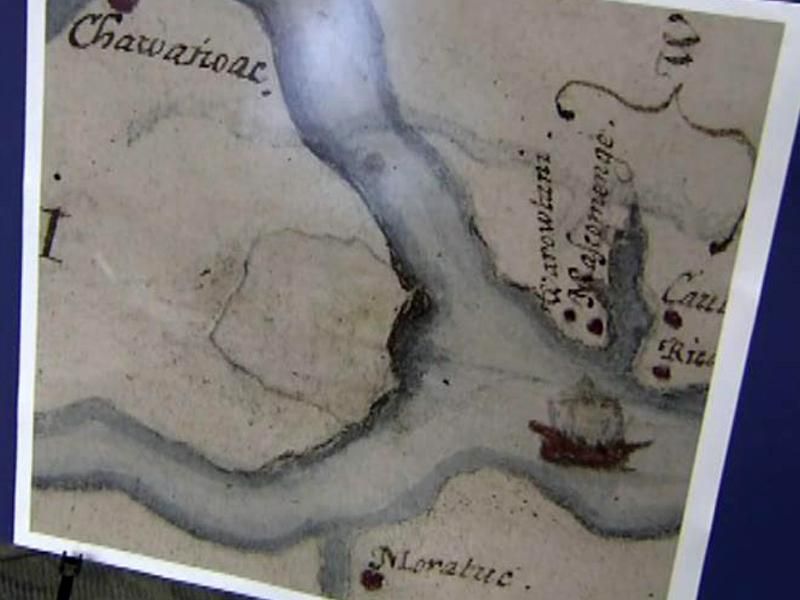
 {body.classList.add(“small-font”),body.classList.remove(“medium-font”),body.classList.remove(“large-font”)}),mediumFontButton.addEventListener(“click”,t=>{body.classList.remove(“small-font”),body.classList.add(“medium-font”),body.classList.remove(“large-font”)}),largeFontButton.addEventListener(“click”,t=>{body.classList.remove(“small-font”),body.classList.remove(“medium-font”),body.classList.add(“large-font”)})]]>
{body.classList.add(“small-font”),body.classList.remove(“medium-font”),body.classList.remove(“large-font”)}),mediumFontButton.addEventListener(“click”,t=>{body.classList.remove(“small-font”),body.classList.add(“medium-font”),body.classList.remove(“large-font”)}),largeFontButton.addEventListener(“click”,t=>{body.classList.remove(“small-font”),body.classList.remove(“medium-font”),body.classList.add(“large-font”)})]]>


